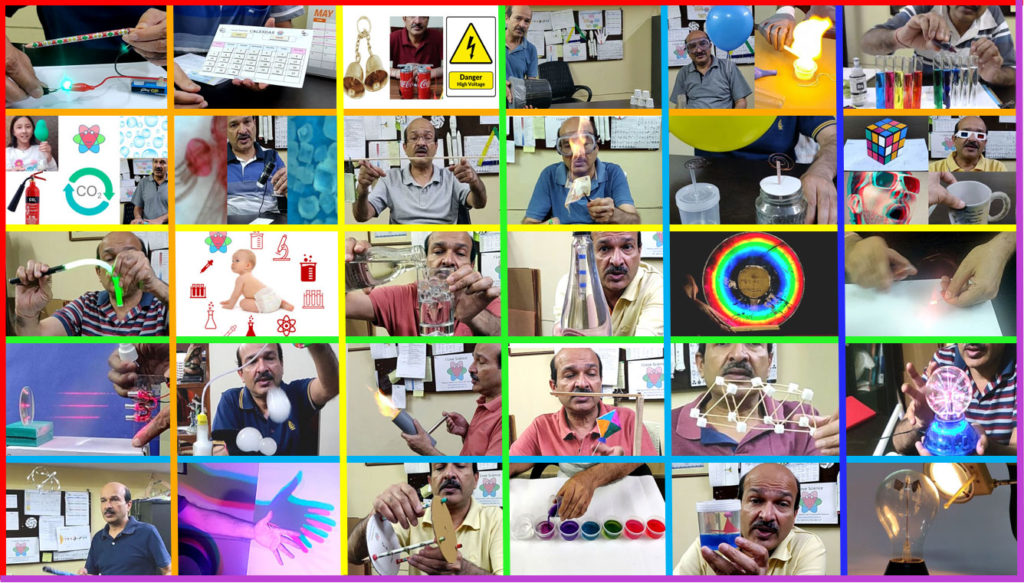Some science gadgets, some demonstrations, some DIY activities.
We hope they will help you enjoy science.
Scroll down and click on Facebook or YouTube icon for each video.

We hope they will help you enjoy science.
Scroll down and click on Facebook or YouTube icon for each video.
